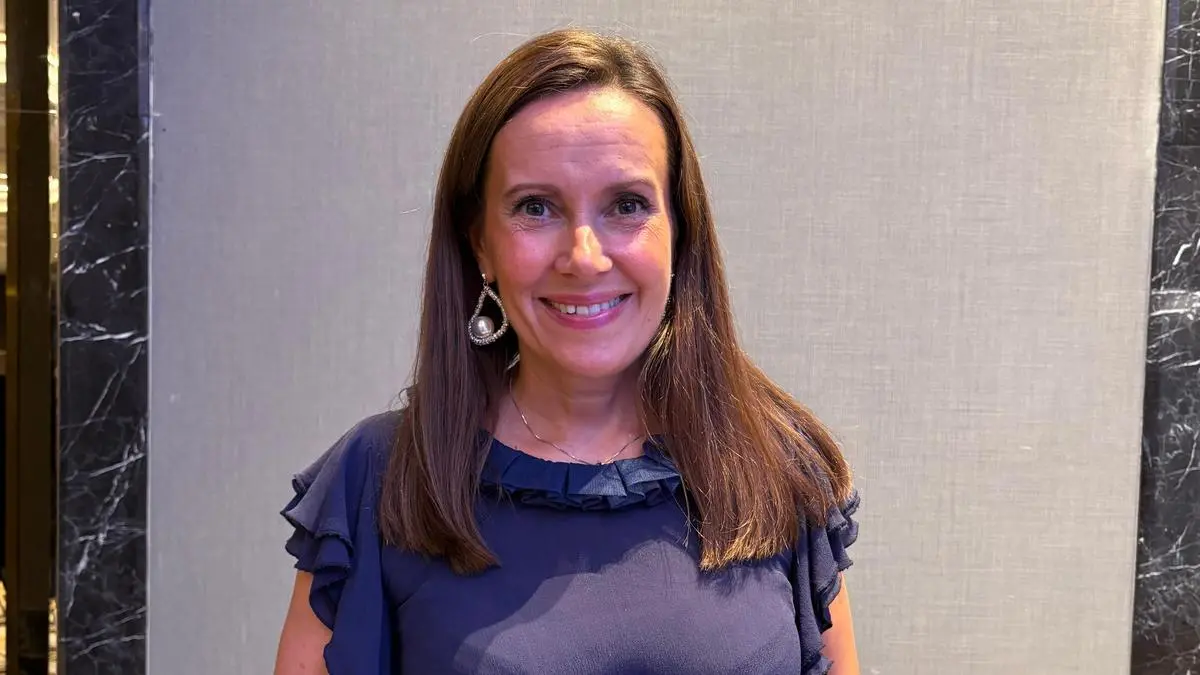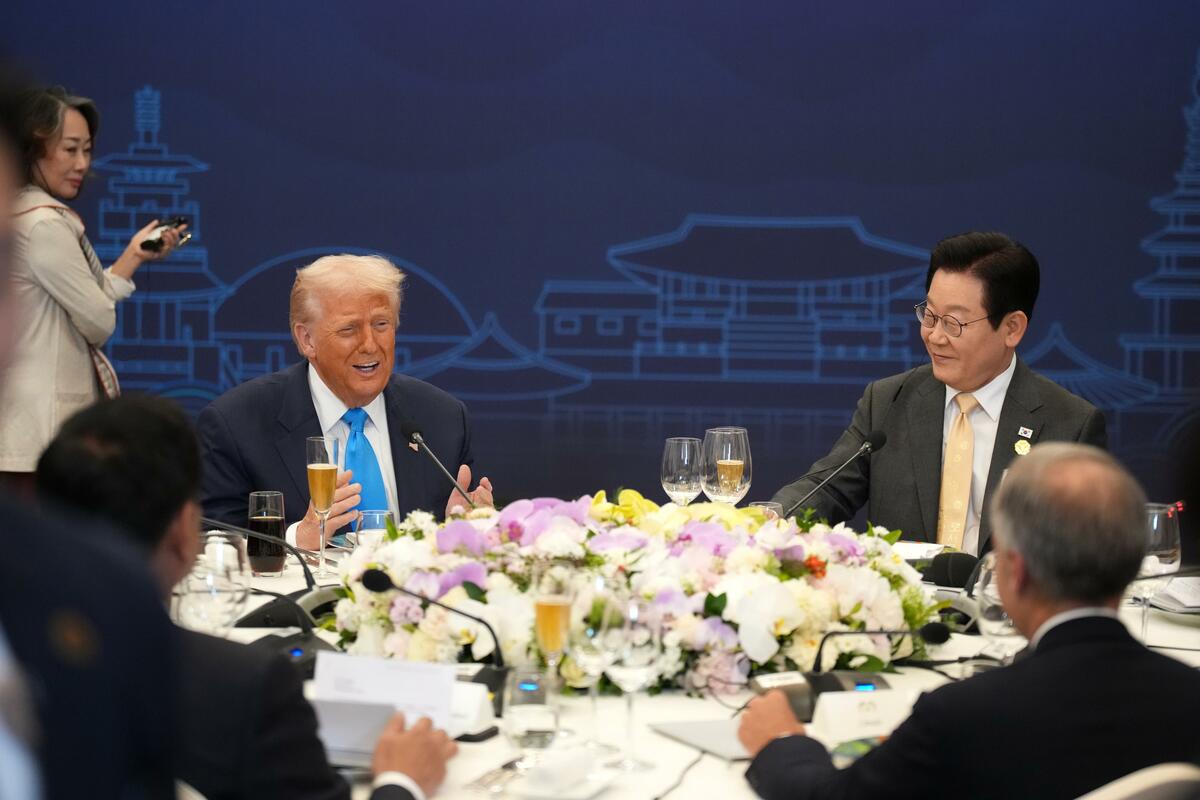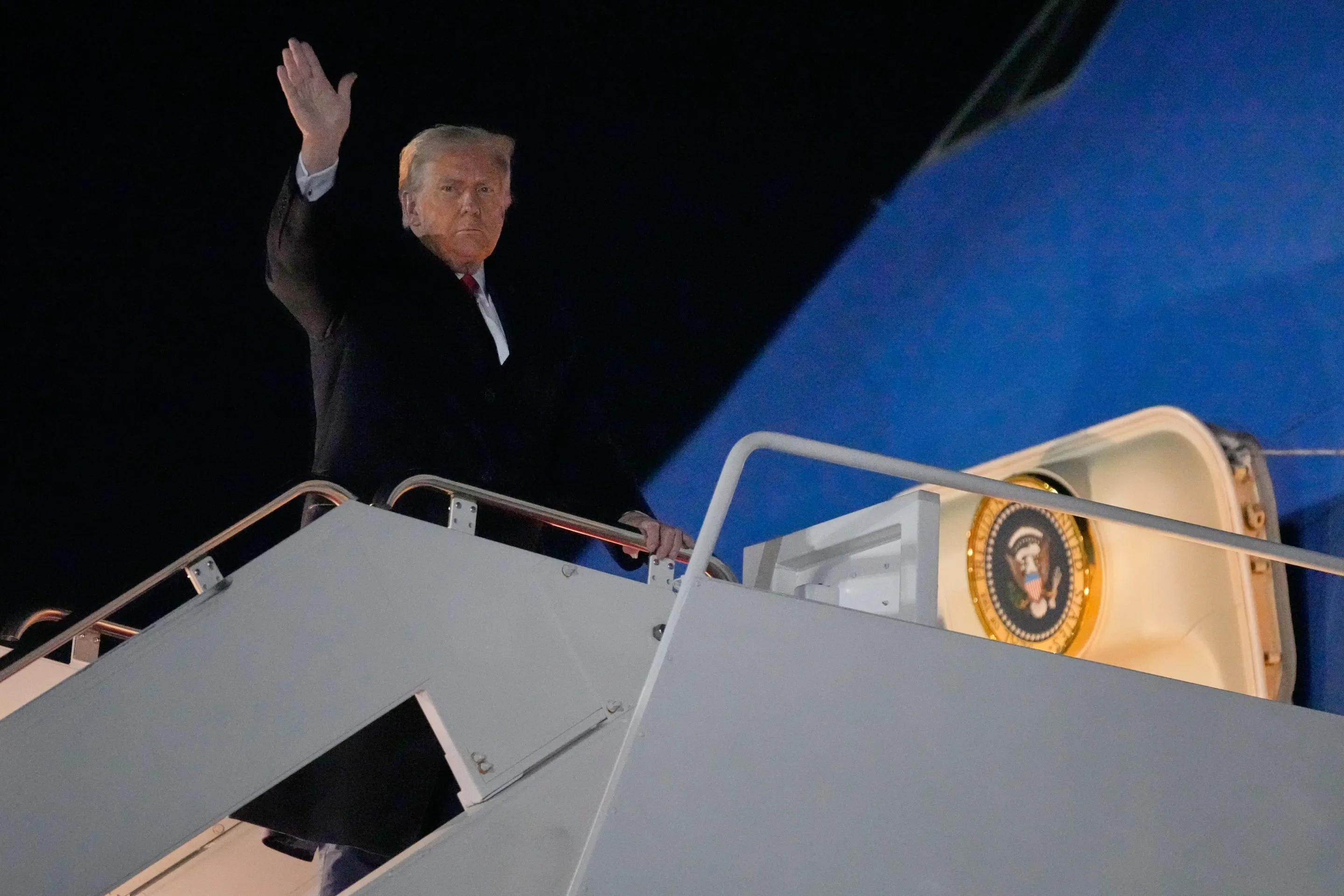Copyright thehindubusinessline

The recent vote at the International Maritime Organisation (IMO) to defer the adoption of net zero framework is a setback for global decarbonisation goals. While Europe voted in favour of adoption, India and several other countries voted to defer the proposal. How do you look at this development? I regret that the IMO decided to postpone adoption of the Net Zero Framework by one year. Norway remains fully committed to ambitious international climate targets for shipping. Global rules are essential to ensure fair competition and real emission cuts. We will continue working with all partners to make progress during the coming year. Trade tensions between the US and China are impacting the shipping sector. Both countries are levying fees on ships built in each other’s shipyards. What impact do you see for Norwegian companies due to this? The relationship between China and the US has significant implications for global shipping, including for Norway’s maritime sector, and contributes to market uncertainty. We are monitoring developments closely. Is there any reassessment being done on future ship orders? About half of Norway’s ship orders are with Chinese yards. Norwegian shipowners are monitoring the situation carefully. China remains an important shipbuilding country for Norwegian shipowners. In general, ship orders are commercial decisions made by shipowners. Do you see more Norwegian ships being built in India? Indeed, we see a growing interest. Approximately 10 per cent of the Norwegian Shipowners’ Association’s order books are already contracted with Indian ship yards. We are pleased to see that Wilson ASA has placed two new orders, with Cochin Shipyard increasing the total to 14 ships. India’s growing position as a shipbuilder for the global fleet presents opportunities for increased cooperation. Projects such as the new polar research vessel and deliveries from Cochin Shipyard show India’s strong industrial capabilities. I see potential for more collaboration on advanced vessel construction and design between our two maritime nations. In June, India’s Ports and Shipping Minister Sarbananda Sonowal visited Norway. There were discussions on introducing electric ferries and a joint feasibility study to operationalise the Northern Sea Route. Can you share an update? Minister Sonowal’s visit marked productive discussions on shared priorities, including in green shipping. India and Norway have a joint maritime working group, which is instrumental in advancing new initiatives and addressing common challenges. The group is meeting this week and continues to serve as a valuable forum for knowledge exchange and collaborative development. India–Norway annual bilateral trade stands at a meagre $1.2 billion. With the signing of the trade and economic partnership this year, what kind of growth do you envisage? What is the near-term target? Trade between Norway and India has doubled in the past ten years. With the new trade and economic partnership agreement, I expect this growth to accelerate further, particularly in seafood, maritime technology and renewable energy. Over 160 Norwegian companies are already represented in India, and the potential is considerable in the years ahead. Australia overtook Norway as the largest salmon supplier to India last year. Chile, with whom India is negotiating a trade deal, is also keen to sell more to India. How does Norway plan to remain competitive in the Indian market? India is a promising market for Norwegian salmon. With the trade agreement now in force, tariffs have been and will be removed gradually, improving our market access. Norwegian seafood is known for its quality, sustainability and reliability. We welcome fair competition and believe that the quality of Norwegian seafood makes it especially attractive to consumers.



